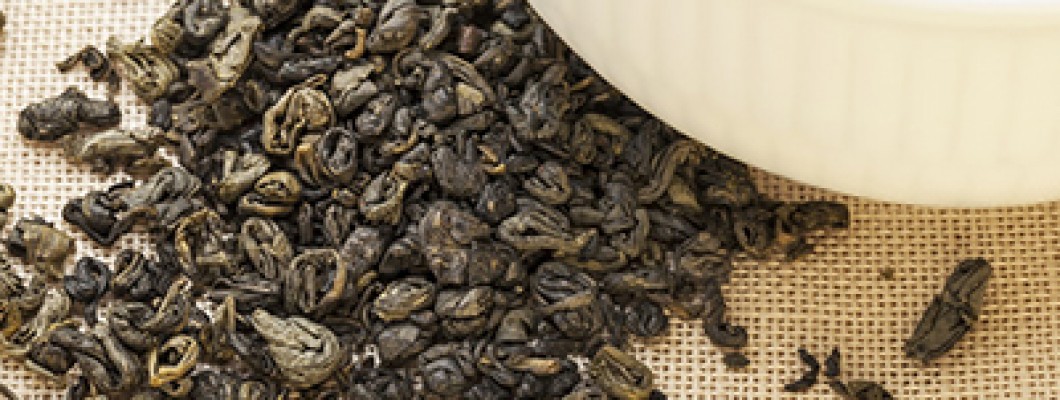Gunpowder Tea: From Oriental "Gunpowder" to a Global Cultural Symbol

Historical Origins and Craftsmanship Secrets
Gunpowder Tea, known as Zhū Chá in Chinese, derives its English name from its pellet-shaped leaves resembling gunpowder granules. Originating in Pingshui Town, Shaoxing during the Tang Dynasty (618-907 CE), this tea underwent a meticulous "four-roast-four-dry" process to compact green tea leaves into pearl-like pellets, preserving aroma and enabling long-distance trade. By the Ming and Qing dynasties, Pingshui Gunpowder Tea, branded as Tiantan (Temple of Heaven), became a premium export, second only to Wuyi Rock Tea in value at the London Tea Exchange.
Naming Legends and Cross-Cultural Journey
Two theories explain its explosive name:
Visual Resemblance: The tightly rolled leaves mimic historical gunpowder pellets.
Linguistic Misinterpretation: British traders misheard the Chinese phrase gāng pào de ( "freshly brewed") as "gunpowder". This serendipitous error fueled its cultural allure.
In the 19th century, British East India Company introduced it to North Africa. Moroccans blended it with fresh mint and sugar, creating their national drink—Moroccan Mint Tea—and a "Three Cups Philosophy":
First Cup: Symbolizes life’s bitterness.
Second Cup: Represents love’s sweetness.
Third Cup: Metaphor for death’s inevitability.
Tea masters enhance the ritual with dramatic one-meter-high pouring to create froth, merging taste and spectacle.
Modern Sustainability and Ecological Innovation
In Fujian’s Songxi County, tea farmers pioneered a "Gunpowder Tea Eco-Chain":
Tea residue → Mushroom cultivation substrate.
Pruned branches → Carbonized into fuel.
Tea-dyed fabrics → Natural textile dyes.
This zero-waste circular economy embodies the philosophy from The Gunpowder Garden: "Tea’s power originates from the soil and ultimately returns to it"
